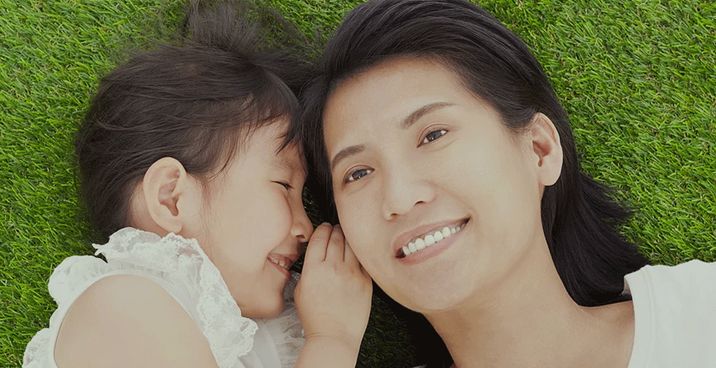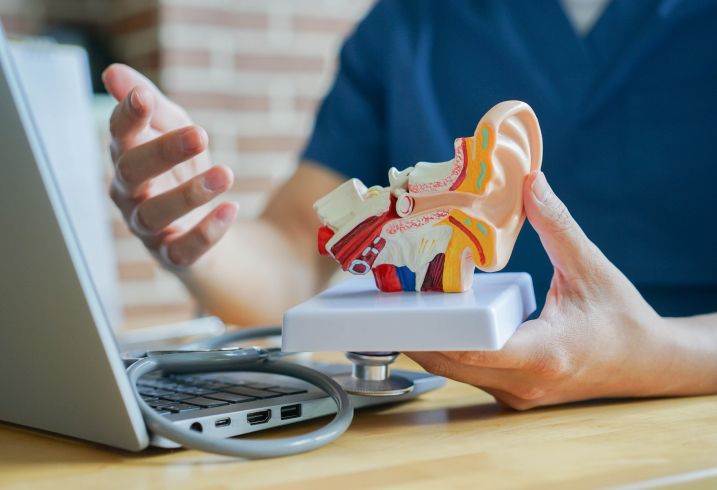Hearing You Loud and Clear!

What you need to know hearing, ear care and hearing loss treatment options.
Sometimes I tell my patients that they should hope they go deaf. This is because for total deafness to naturally occur, one would have to live to a ripe old age. Just as our muscles weaken, eye sight deteriorates and hair turns grey, hearing loss is a very common part of ageing. In most cases, a person loses about one decibel (or about 1% of hearing) every year after the age of 55. The good news is that hearing aids today are much more advanced than they were in the past.
All Plugged In For Clarity
Unlike the hearing aids of the past few decades, today’s versions give very good clarity and are virtually unnoticeable. With many people commonly ‘plugged in’ to earphones, earbuds and Bluetooth hands-free sets, there is also less stigma about having a little wire trailing from behind your ear. All this has made hearing aids a lot more acceptable to elderly patients. Although these inconspicuous hearing aids are popular, I often advise my elderly patients to use a more noticeable behind-the-ear hearing aid because:
- They are more affordable, the batteries last longer and they are less likely to get lost
- They do not sit too deeply in the ear canal and are less likely to cause impacted wax and ear infections
- They indicate to people that the wearer has hearing difficulties, resulting in people speaking more clearly, loudly and carefully for the hearer’s benefit
Using a hearing aid to address hearing loss offers more than improving the ability to hear. In children born with hearing loss, being able to hear is mandatory for the development of speech and language. Hearing is also needed for learning and communication. For both adults and children, hearing is very important for its social, psychological and emotional effects.
It can lead to infections, impacted wax and trauma to, or rupture of, the ear drums. If you notice hearing loss in your children, see an ear doctor to check for ‘glue ear’ – a common problem in Caucasian, Indian and Japanese children. Remember to also limit exposure to loud noises and noisy environments.
Causes Of Hearing Loss
Deafness can result from two scenarios, namely, conductive hearing loss or sensorineural hearing loss. In conductive hearing loss, the ear is unable to ‘conduct’ sound to the cochlea (hearing nerves). This may be caused by a blockage of the external ear canal, the ear drum or the middle ear. This blockage could be due to earwax, a ruptured eardrum, an infection of the external or middle ear, fluid in the middle ear (glue ear) or a disruption of the middle ear conducting bones. In sensorineural hearing loss, there is usually damage of the cochlea caused by viral infections (like mumps or measles), meningitis, noise-induced hearing loss, acoustic trauma, fracture of the temporal bone, ototoxic drugs, tumours or from congenital defects.
Treat Your Ears Well
If the sensorineural nerve is intact, conductive hearing loss can be treated by:
- Removing impacted ear wax
- Medical or surgical therapy for ear infections
- Draining of the middle ear fluid
- Improving function of the Eustachian tubes (the tube between the ear and nose)
- Reconstruction of abnormal ear canals or ossicular bone or perforated ear drums
- Hearing devices and implants
As with many conditions, prevention is better than cure! Couples with a family history of hearing loss may seek genetic counselling. To protect young children, immunisation against mumps, measles and rubella is advised. You should also practice good ear hygiene and care. Remember, the ear is self-cleaning, so digging the ears with cotton buds and ear picks is unnecessary and dangerous.
Our Singapore ENT clinic specialises in the end-to-end management of all ear, nose, and throat conditions while keeping the best ENT practices in mind.









